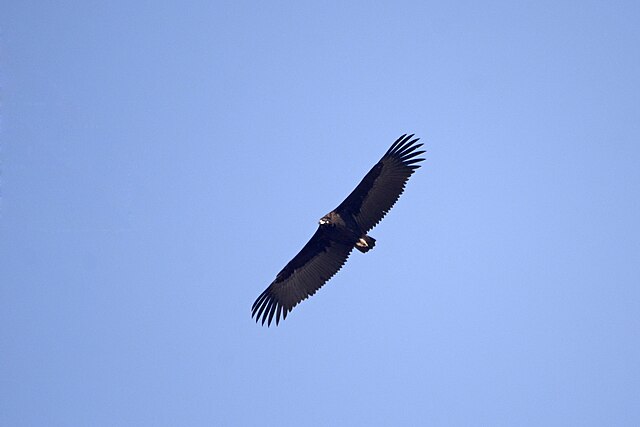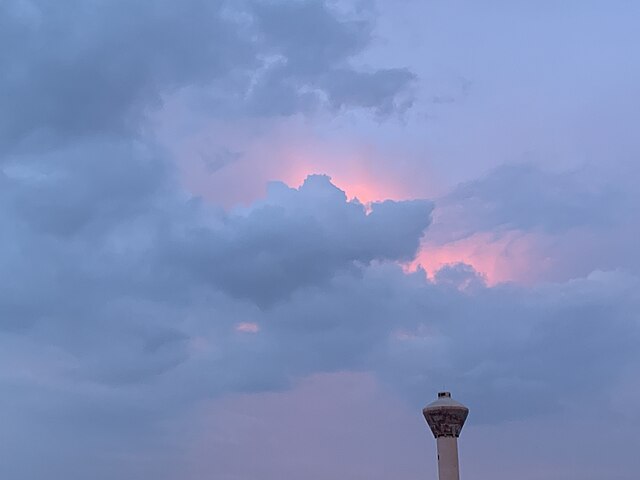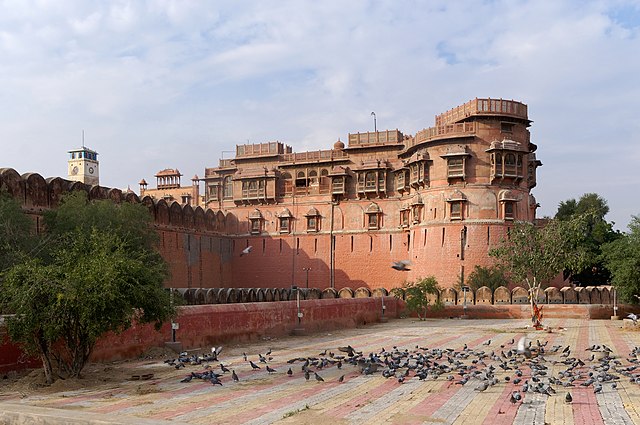Have you ever wondered what it’s like to experience the extreme temperatures of one of India’s most fascinating desert cities? Bikaner, nestled in the heart of Rajasthan’s Thar Desert, presents a climate story that’s as dramatic as its magnificent forts and palaces. This comprehensive guide will walk you through everything you need to know about Bikaner’s temperature patterns, helping you understand why this city experiences some of the most extreme weather conditions in India.
Understanding Bikaner’s Geographic Location and Climate Zone
Bikaner sits proudly in the northwestern region of Rajasthan, approximately 330 kilometers from Jaipur. Its strategic location at 28.0229° N latitude and 73.3119° E longitude places it squarely within the hot desert climate zone. But what does this really mean for the temperatures you’ll experience here?
The city’s position in the Thar Desert creates a unique microclimate that’s characterized by extreme temperature variations between seasons and even between day and night. This isn’t just any ordinary hot climate – it’s a textbook example of continental desert weather patterns that can surprise even seasoned travelers.
The Thar Desert Influence
The Thar Desert acts like a massive heat engine, absorbing solar radiation during the day and releasing it slowly at night. This desert influence means that Bikaner experiences what meteorologists call “high diurnal temperature variation” – fancy words for saying the difference between day and night temperatures can be absolutely staggering.
During summer days, the desert sand can heat up to temperatures that would make your car’s dashboard seem cool in comparison. Yet, come winter nights, the same landscape can feel like a different planet entirely, with temperatures dropping to levels that might require you to dig out that winter jacket you thought you’d never need in Rajasthan.
Altitude and Topographical Impact
Standing at an elevation of approximately 242 meters above sea level, Bikaner isn’t exactly a hill station, but its relatively flat topography plays a crucial role in its temperature patterns. The lack of significant elevation changes means there are no natural barriers to moderate the extreme temperatures that build up across the desert plains.
Seasonal Temperature Patterns in Bikaner

Understanding Bikaner’s seasonal temperature patterns is like reading the biography of a city that lives through dramatic climate chapters throughout the year. Each season brings its own personality, challenges, and unique characteristics that shape daily life in this desert metropolis.
Summer Season (April to June)
Summer in Bikaner isn’t just hot – it’s an experience that redefines your understanding of heat. The season typically kicks off in April with temperatures that many would consider unbearable, but locals have adapted to over generations.
Peak Summer Temperatures
May and June represent the climax of Bikaner’s summer fury. During these months, daytime temperatures regularly soar above 45°C (113°F), with some days pushing the mercury past 48°C (118°F). It’s during these peak summer months that the city truly earns its reputation as one of India’s hottest destinations.
The heat isn’t just about numbers on a thermometer – it’s a physical presence that seems to press down on everything. The air shimmers with heat waves, and the sun feels less like a life-giving star and more like a cosmic furnace focused directly on the city.
Heat Wave Conditions
Heat waves in Bikaner are serious business. When meteorologists declare heat wave conditions, temperatures can exceed 47°C (117°F) for consecutive days. These aren’t just uncomfortable conditions – they’re potentially dangerous situations that require careful planning and preparation.
During heat waves, the temperature difference between indoor and outdoor spaces becomes crucial for survival. Air conditioning isn’t just a luxury; it becomes a necessity for health and safety.
Monsoon Season (July to September)
The arrival of monsoon brings a collective sigh of relief across Bikaner. While the desert city doesn’t receive the heavy rainfall that coastal areas experience, even the modest precipitation brings welcome temperature relief.
Temperature Relief During Rains
Monsoon temperatures in Bikaner typically range from 28°C to 38°C (82°F to 100°F). While these numbers might still seem high to visitors from cooler climates, they represent a significant drop from the scorching summer peaks. The humidity increases during this period, but most locals consider this a fair trade-off for the temperature relief.
The psychological impact of monsoon temperatures is perhaps even more significant than the physical relief. After months of extreme heat, the cooler air feels almost luxurious.
Winter Season (November to February)
If summer is Bikaner’s harsh master, winter is its gentle friend. The winter season brings some of the most pleasant temperatures the city experiences throughout the year, making it the preferred time for tourism and outdoor activities.
Cold Wave Phenomena
Winter in Bikaner can surprise visitors with its intensity. While daytime temperatures remain comfortable, ranging from 20°C to 28°C (68°F to 82°F), nighttime tells a different story entirely.
Night Temperature Drops
Winter nights in Bikaner can be genuinely cold, with temperatures dropping to 2°C to 5°C (36°F to 41°F). This dramatic temperature swing from day to night is one of the most striking features of Bikaner’s climate. You might find yourself in shorts during the afternoon and reaching for a heavy jacket by evening.
Transition Periods (March and October)
March and October serve as gentle bridges between Bikaner’s extreme seasons. These months offer some of the most comfortable temperatures of the year, with daytime highs around 30°C to 35°C (86°F to 95°F) and pleasant nighttime lows.
Monthly Temperature Breakdown

Let’s dive deeper into the month-by-month temperature story of Bikaner, because understanding these patterns can make the difference between a comfortable visit and a challenging one.
Hottest Months Analysis
May consistently claims the title of Bikaner’s hottest month, with average maximum temperatures hovering around 46°C (115°F). June follows closely behind, often matching or even exceeding May’s intensity. These two months represent the peak of summer’s assault on the city.
April and July also deserve mention in the “extremely hot” category, with temperatures regularly exceeding 40°C (104°F). Even the minimum temperatures during these months rarely drop below 28°C (82°F), meaning there’s little respite even during nighttime hours.
Coolest Months Overview
January stands out as Bikaner’s coolest month, with average maximum temperatures around 23°C (73°F) and minimum temperatures that can drop to 4°C (39°F). December and February also offer comfortable temperatures, making the winter trilogy the most pleasant time to experience the city.
Extreme Temperature Records in Bikaner
Bikaner holds some impressive temperature records that showcase the city’s climate extremes. The highest recorded temperature reached approximately 50.4°C (122.7°F) during a particularly intense heat wave, while the lowest recorded temperature dropped to around -2°C (28°F) during an exceptional winter cold snap.
These records aren’t just numbers – they represent the incredible range of temperatures that this desert city can experience, highlighting the importance of being prepared for extreme conditions regardless of when you visit.
Factors Affecting Bikaner’s Temperature
Several interconnected factors work together to create Bikaner’s unique temperature profile. Understanding these elements helps explain why the city experiences such extreme conditions.
Desert Climate Characteristics
The desert climate brings several key characteristics that directly impact temperature. Low humidity levels mean there’s little moisture in the air to moderate temperature swings. Clear skies allow maximum solar radiation during the day and rapid heat loss at night. The dry air also means that shade provides significant relief from the heat.
Wind Patterns and Their Impact
Bikaner experiences distinct wind patterns that influence its temperature profile. Hot, dry winds during summer months can actually increase the perceived temperature, while cooler winds during winter can make already cold nights feel even more frigid.
How Bikaner’s Temperature Compares to Other Rajasthan Cities
When compared to other major Rajasthan cities, Bikaner often records some of the most extreme temperatures. While Jaipur and Jodhpur also experience hot summers, Bikaner’s deeper desert location often pushes its temperatures a few degrees higher. Similarly, winter temperatures in Bikaner can be more extreme than in cities with more moderate desert climates.
Impact of Climate Change on Bikaner’s Temperature
Climate change is gradually affecting Bikaner’s temperature patterns. Scientists have observed slight increases in average temperatures over the past decades, with summer heat becoming more intense and lasting longer. Winter temperatures have also shown warming trends, though the city still experiences significant cold periods.
Best Time to Visit Bikaner Based on Temperature
If you’re planning a visit to Bikaner, timing is everything when it comes to temperature comfort. The period from November to February offers the most pleasant temperatures, with comfortable days and cool nights. March and October can also be good options, though you’ll experience warmer conditions.
Summer months from April to June should be avoided unless you’re specifically prepared for extreme heat. The monsoon season offers moderate temperatures but comes with humidity and occasional rainfall.
Practical Tips for Dealing with Bikaner’s Temperature Extremes

Successfully navigating Bikaner’s temperature extremes requires preparation and local knowledge.
Summer Survival Strategies
During summer visits, start your day early when temperatures are more manageable. Wear light-colored, loose-fitting clothing made from breathable fabrics. Stay hydrated constantly, and plan indoor activities during peak heat hours. Always carry water and seek shade frequently.
Winter Preparation Guidelines
Winter visitors should pack layers, as the temperature variation between day and night can be dramatic. Bring warm clothing for evenings and early mornings, but also pack lighter clothes for daytime activities. A good jacket or sweater is essential for comfortable winter nights.
Temperature’s Effect on Local Life and Culture
Bikaner’s extreme temperatures have shaped local life and cultural practices in fascinating ways. Traditional architecture features thick walls and strategic ventilation to combat heat. Local customs include afternoon rest periods during summer and early morning activities to avoid peak temperatures.
The city’s famous festivals and cultural events are typically scheduled during cooler months, demonstrating how temperature considerations influence even cultural calendars.
Future Temperature Projections for Bikaner
Climate scientists project that Bikaner will likely experience continued warming trends, with summer temperatures potentially becoming even more extreme. However, the city’s winter seasons may remain relatively stable, though overall winter temperatures might increase slightly.
These projections emphasize the importance of sustainable development and climate adaptation strategies for the city’s future.
Conclusion
Bikaner’s temperature story is one of extremes, adaptation, and remarkable resilience. From scorching summers that test human endurance to surprisingly cold winters that require warm clothing, this desert city offers a climate experience unlike anywhere else in India. Understanding these temperature patterns isn’t just academic knowledge – it’s practical information that can make your visit more comfortable and help you appreciate the incredible adaptability of the people who call this remarkable place home.
Whether you’re planning a visit, considering relocation, or simply curious about one of India’s most climatically extreme cities, Bikaner’s temperature patterns offer insights into the power of geography, climate, and human adaptation. The city’s ability to thrive despite such extreme conditions stands as a testament to human resilience and the enduring appeal of this desert jewel.
Frequently Asked Questions (FAQs)
1. What is the hottest temperature ever recorded in Bikaner?
The highest recorded temperature in Bikaner reached approximately 50.4°C (122.7°F) during an extreme heat wave. This record temperature typically occurs during the peak summer months of May or June.
2. How cold does it get in Bikaner during winter?
Winter temperatures in Bikaner can drop as low as 2°C to 4°C (36°F to 39°F) during the coldest nights, usually in December and January. The lowest recorded temperature was around -2°C (28°F) during an exceptional cold wave.
3. Which months have the most comfortable temperatures in Bikaner?
November through February offer the most comfortable temperatures, with pleasant daytime highs of 20°C to 28°C (68°F to 82°F). March and October also provide relatively comfortable conditions for visitors.
4. How does humidity affect the temperature experience in Bikaner?
Bikaner generally has low humidity due to its desert location, which means the dry heat can feel more tolerable than humid heat at the same temperature. However, during monsoon season (July-September), increased humidity can make moderate temperatures feel more uncomfortable.
5. What should I pack for different seasons when visiting Bikaner?
For summer (April-June): Light, breathable clothing, sun protection, and plenty of water. For winter (November-February): Layer clothing including warm jackets for nights and lighter clothes for days. For monsoon (July-September): Light rain gear and moderate clothing for warm, humid conditions.

